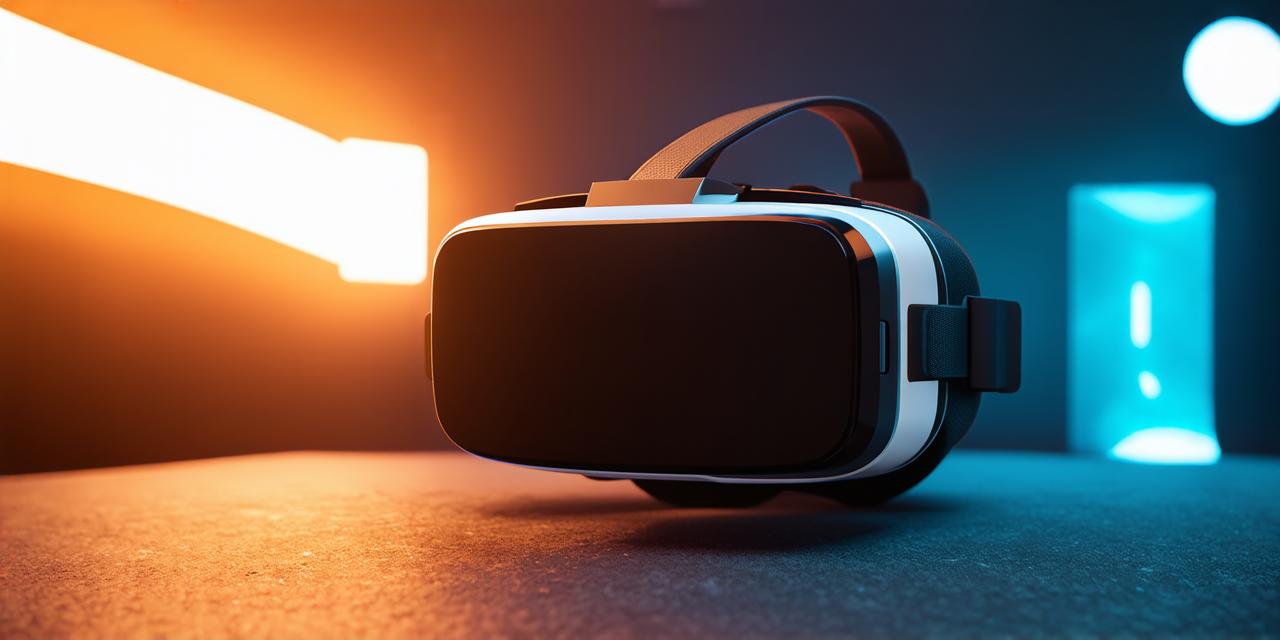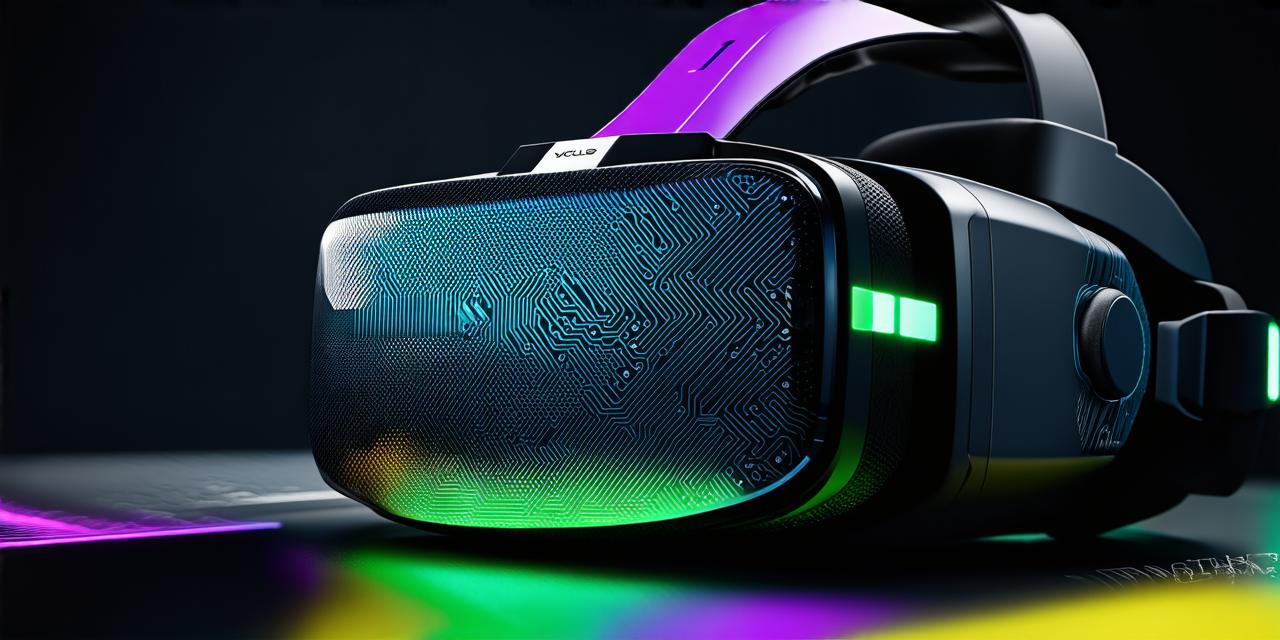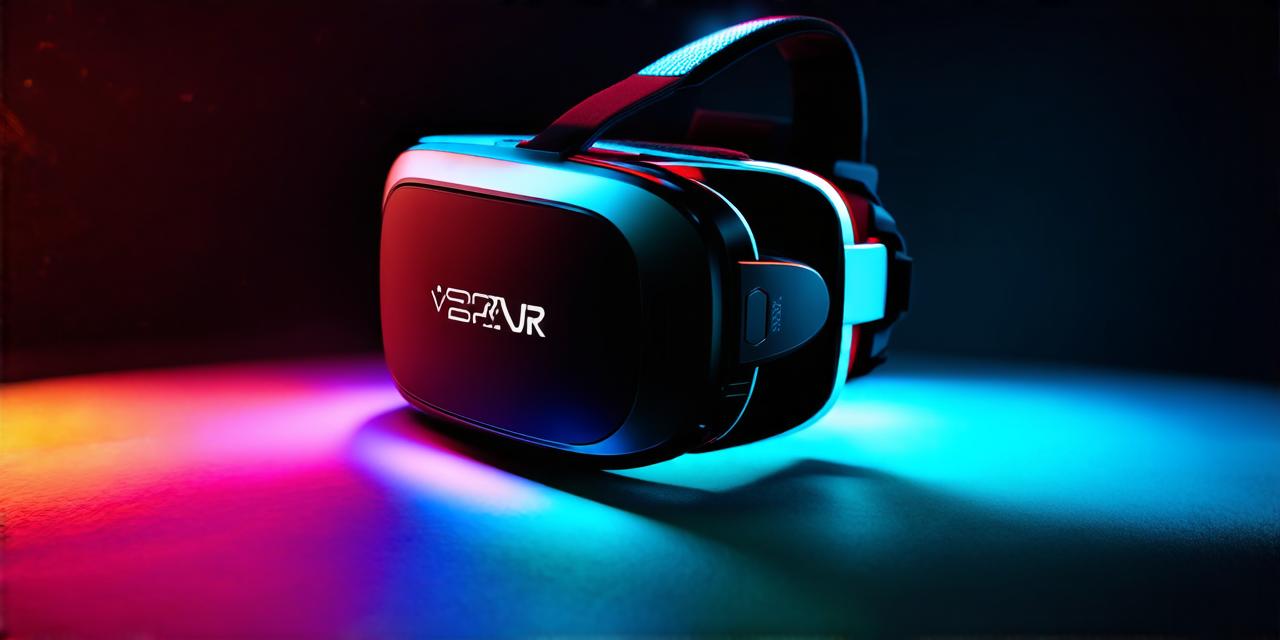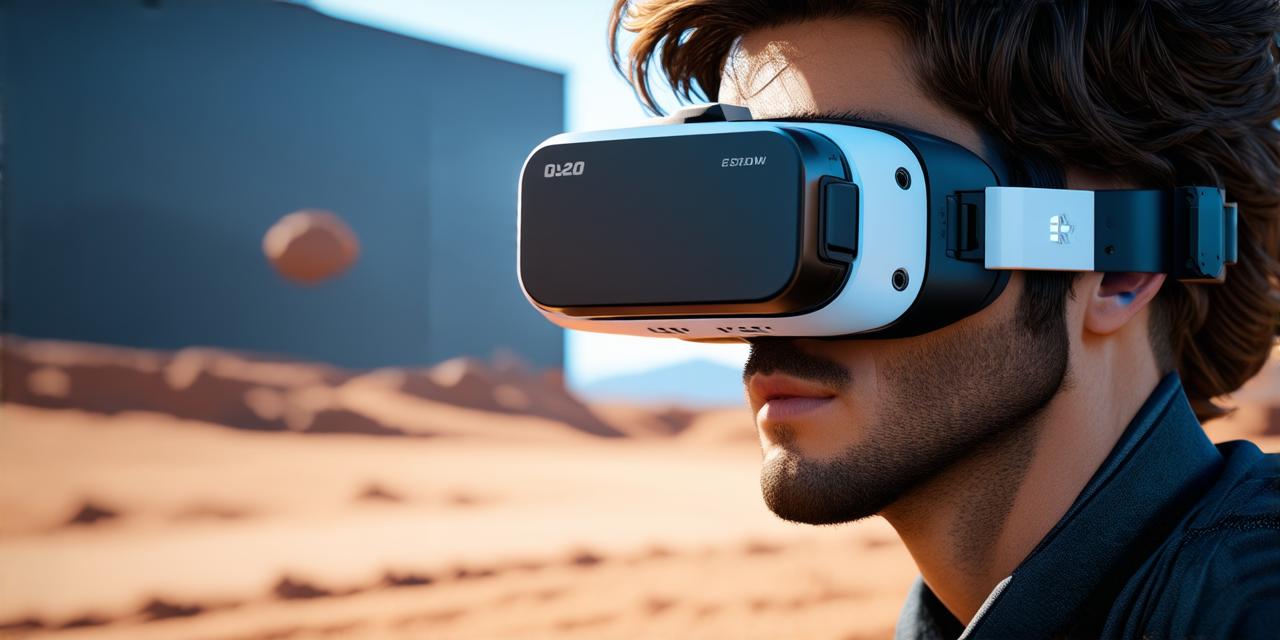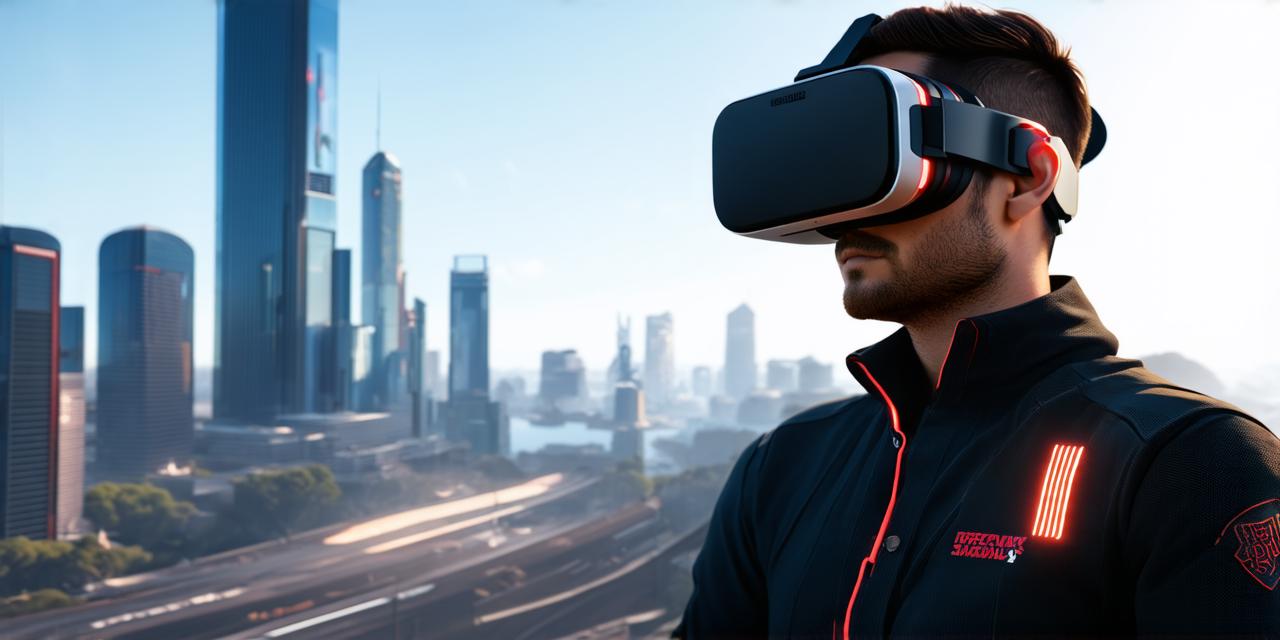Selecting the Right Headset
There are many different VR headsets on the market, each with its own unique features and capabilities. When selecting a headset, there are several factors to consider:
- Field of view (FOV): The wider the FOV, the more immersed you will feel in the virtual environment.
- Resolution: Higher resolution headsets offer clearer visuals and reduce motion sickness.
- Comfort: It’s important to choose a headset that fits comfortably and doesn’t cause discomfort or strain.
- Connectivity: Make sure your headset is compatible with the devices you have, such as a computer or gaming console.
- Price: VR headsets can range from budget-friendly options to high-end models with advanced features.
In this article, we will be using the Oculus Quest 2 as an example, but the steps outlined here are applicable to most VR headsets on the market.
Setting Up Your Headset
Once you have selected your VR headset, it’s time to set it up. Here are the steps to follow:
- Charge your headset: Make sure your headset is fully charged before using it for the first time.
- Install the software: Most VR headsets require you to install software on your computer before you can start using them. This software usually includes drivers and other tools that allow you to connect your headset to your computer and configure its settings.
- Connect your headset: Connect your VR headset to your computer using a USB cable or through a wireless connection if your headset supports it. Follow the instructions provided by the manufacturer to properly connect your headset to your computer.
- Configure your settings: Once your headset is connected, you can start configuring its settings. This includes adjusting the FOV, resolution, and other display options. You may also want to customize the audio settings or configure your tracking sensors.
- Test your setup: After you have configured your settings, it’s a good idea to test your setup to make sure everything is working properly. Try moving your head around and interacting with virtual objects to ensure that everything is tracked correctly.
Customizing Your VR Experience
Once your VR headset is set up, you can start customizing your VR experience. Here are some tips to get you started:
- Use controllers: Most VR headsets come with controllers that allow you to interact with virtual objects and perform actions in the virtual world. Make sure you understand how to use your controllers properly.
- Adjust your settings: Continue to adjust your settings as needed to ensure that your VR experience is comfortable and enjoyable. You may want to increase or decrease the FOV, adjust the resolution, or customize the audio settings.
- Try different games and experiences: There are many different games and experiences available for VR, so don’t be afraid to try new things. You may discover that you enjoy one type of experience more than another.
- Connect with others: Joining online communities and connecting with other VR enthusiasts can help you stay up-to-date on the latest developments in VR technology and share tips and tricks for using your headset.
FAQs
Here are some common questions that may arise when configuring a VR headset:
What if my headset isn’t tracking correctly?
Make sure your tracking sensors are properly positioned and clean. If the issue persists, try resetting your headset or contacting the manufacturer for assistance.
How do I adjust the FOV on my headset?
Most VR headsets allow you to adjust the FOV in the software settings. Look for the “FOV” option and adjust it as needed.
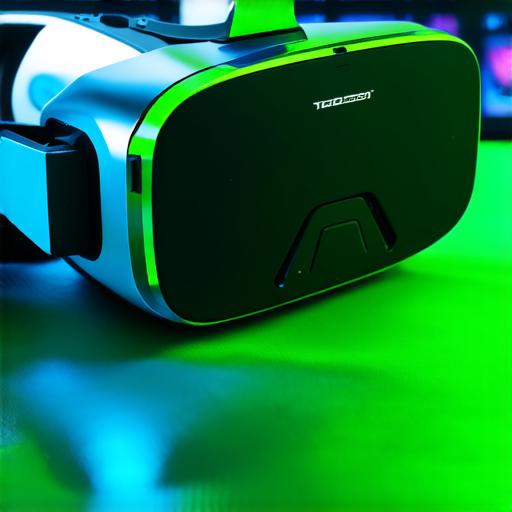
Can I use my VR headset with a gaming console?
It depends on the specific VR headset and gaming console you have. Some headsets are compatible with certain consoles, while others require a separate computer to function. Check the manufacturer’s website for compatibility information.
Conclusion
Configuring a virtual reality headset may seem daunting at first, but it’s a relatively simple process once you understand the basics. By selecting the right headset, setting it up properly, and customizing your VR experience, you can create immersive and engaging virtual worlds that transport users into new dimensions of imagination. With the right tools and knowledge, anyone can become an AR developer and create amazing VR experiences.
Note: The Oculus Quest 2 is a popular VR headset, but this article’s content applies to most VR headsets on the market.
